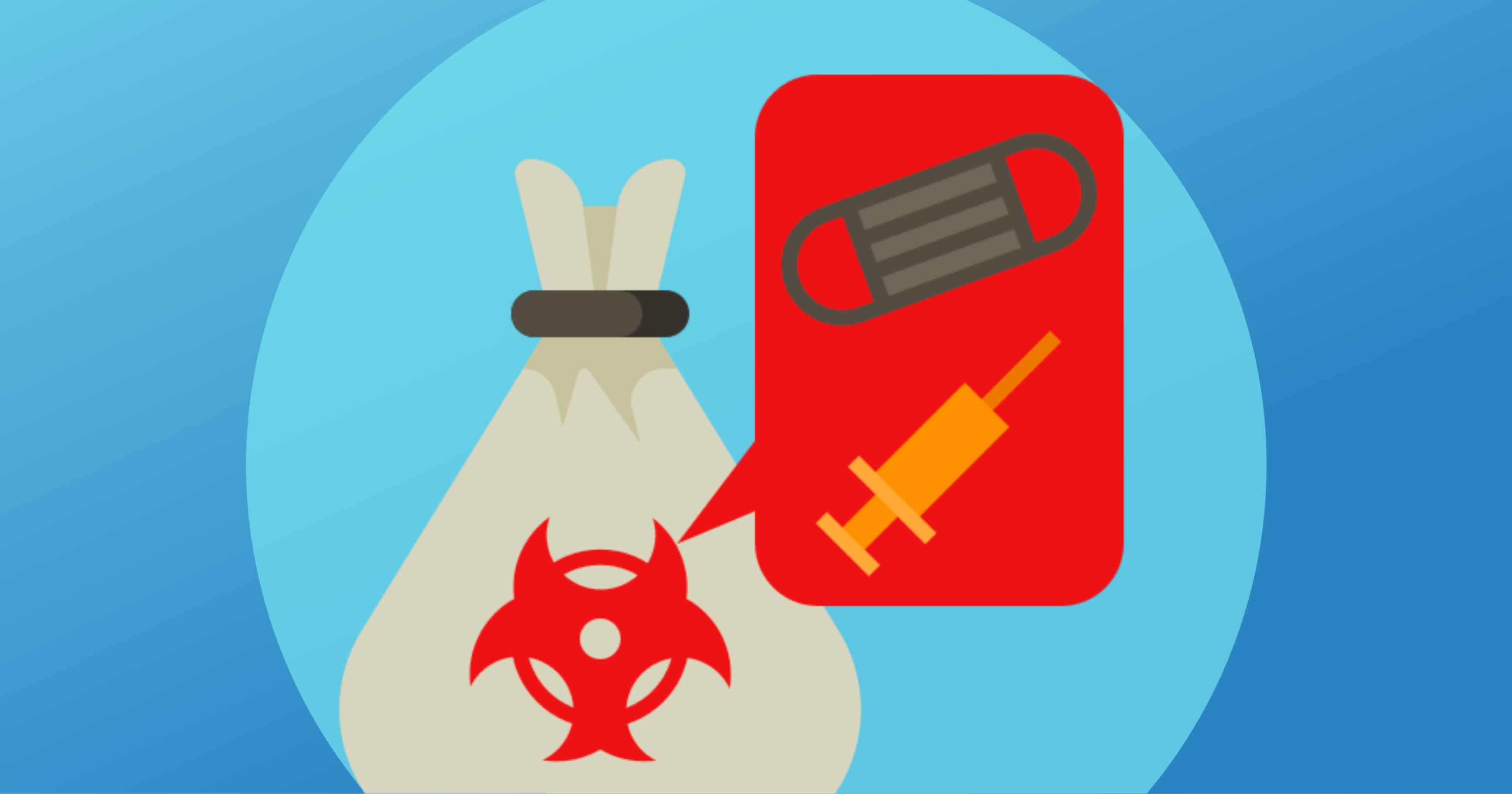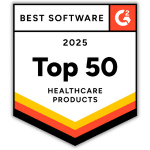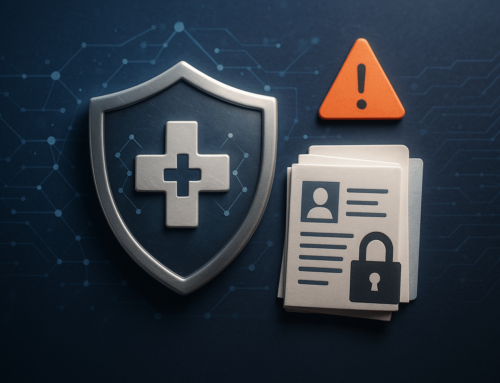In this article, we’ll pay homage to the man who has been the epitome of cool for a generation and hopefully help you avoid “Anger Management” by sharing some things to help you comply with the OSHA Hazard Communication Standard for healthcare organizations.
The OSHA Hazard Communication Standard’s “Little Shop of Horrors”
In the original movie version of “Little Shop of Horrors,” Jack played the role of a masochistic oddball whose idea of fun was visiting the dentist and skipping any painkillers. Only an oddball could find fun in being fined by OSHA.
Violations of the OSHA Hazard Communication Standard are one of the most common citations issued by the federal agency. In the fiscal year ending in September of 2022, at least 62 citations were issued, resulting in $103,000 in fines for healthcare and social services businesses. That was good enough to be the third most common violation cited during the period.
The “Five Easy Pieces” of OSHA Hazard Communication Standard
In the critically acclaimed “Five Easy Pieces,” Jack is a former classical pianist who loses hope and himself as the movie unfolds. Learning how to become OSHA Compliant is not hopeless as long as you remember the five elements of the OSHA Hazard Communications Standard.
1. Maintain a master list of hazardous chemicals used within the facility
In an emergency, it’s critical that first responders know what kind of hazards they may face. Maintaining a master list of chemicals and where they are stored is more than a requirement. It’s common sense.
2. Properly label dangerous chemicals
This is another item that belongs in the “common sense” category. Imagine looking at a group of unlabeled chemical bottles, or worse, bottles that have been recycled and may or may not contain what is on the label.
Does the bottle contain distilled water or acetone? Did you just dilute a cleaning solution, or did you create deadly chloramine gas by mixing bleach and ammonia? Incidents like this happen at least 2,000 times yearly, and the results can be fatal. In 2019 a manager at a Massachusetts Buffalo Wild Wings died due to an accidental mixing of two floor cleaning chemicals.
Since 2012, OSHA has been aligning the Hazard Communication Standard with the Globally Harmonized System (GHS) for identifying dangerous substances. The GHS specifies the information that organizations must use to describe hazardous chemicals on any labels, safety data sheets, and other communications, specifically:
- The product identifier or name
- A signal word that underscores the threat, such as “danger” or “warning”
- A hazard statement that relates to the relevant hazard class and category
- Pictograms or symbols to convey health and physical information. These visual icons show hazard types. For instance, the skull and crossbones denote toxicity. Based on the GHS requirements, OSHA adopted eight pictographs, including ones that represent flammability, corrosiveness, toxicity, and more
- Precautionary statements that provide measures to minimize or prevent adverse effects
- Supplier information, including name, address, and telephone number
*Updates to labeling requirements were made in May 2024*
3. Make Material Safety Data Sheets (SDS) readily accessible
Chemical Safety Data Sheets provide employees with comprehensive information about hazardous chemicals, including their properties and risks, handling and storing chemicals properly, and protecting themselves.
SDSs should contain the same information that can be found on labels. Each hazardous chemical in an organization’s inventory must have a safety data sheet. The information must be readily accessible in the work area for staff who may be exposed to it. (FYI: Easily accessible does not mean locked away in a filing cabinet that is never used).
4. Provide comprehensive staff training
OSHA training for healthcare workers is mandatory if an organization wants to achieve compliance with the law (much like HIPAA Healthcare Compliance). Employees must be trained when they first begin working in an area that has the potential for exposure to hazardous chemicals. They must also be trained when potentially hazardous chemicals are introduced into the work area.
To maximize staffing flexibility, it’s wise to conduct annual training. This will ensure that all employees are aware of the potential hazards and how to respond in the event of exposure.
5. Create a written hazard communication program
According to OSHA’s Hazard Communication Standard, healthcare organizations must have a written program that explains the hazards employees face due to hazardous chemicals. This program must also explain how they will communicate information about those risks and any potential health consequences.
A program like this requires a high degree of detail. An organization may choose to begin with a generic plan created by a third party and then modify it to reflect its unique characteristics if needed.
Healthcare organizations should also regularly review and update their programs to reflect regulatory changes and ensure their written programs are readily accessible to staff.
OSHA Hazard Communication Standard Compliance that’s “As Good As It Gets”
Jack’s Oscar-winning portrayal of the misanthropic, obsessive-compulsive romance novelist Melvin Udall charmed audiences despite all his faults. At Compliancy Group, we offer OSHA compliance for healthcare organizations that’s just as obsessive as Melvin without being off-putting.
We will work with you to craft an OSHA healthcare compliance plan that fully satisfies the requirements of the law, including all required policies, procedures, and training. We also monitor the law for changes, such as the proposed OSHA Workplace Violence Rule set to be reviewed next month (March 2023).
We bring the same work ethic, experience, and attention to detail to OSHA medical compliance software that we have built into our automated HIPAA compliance software for nearly 20 years.











